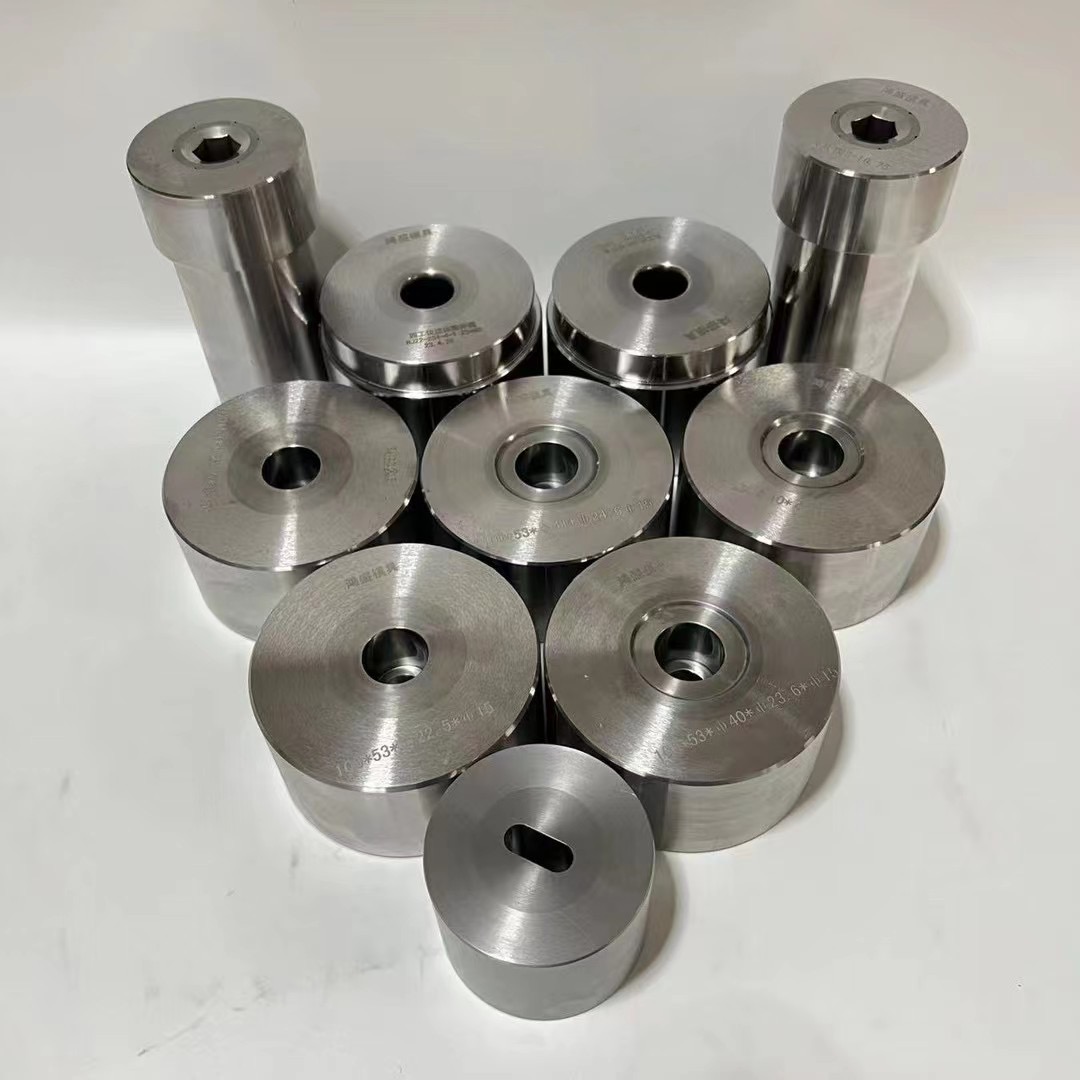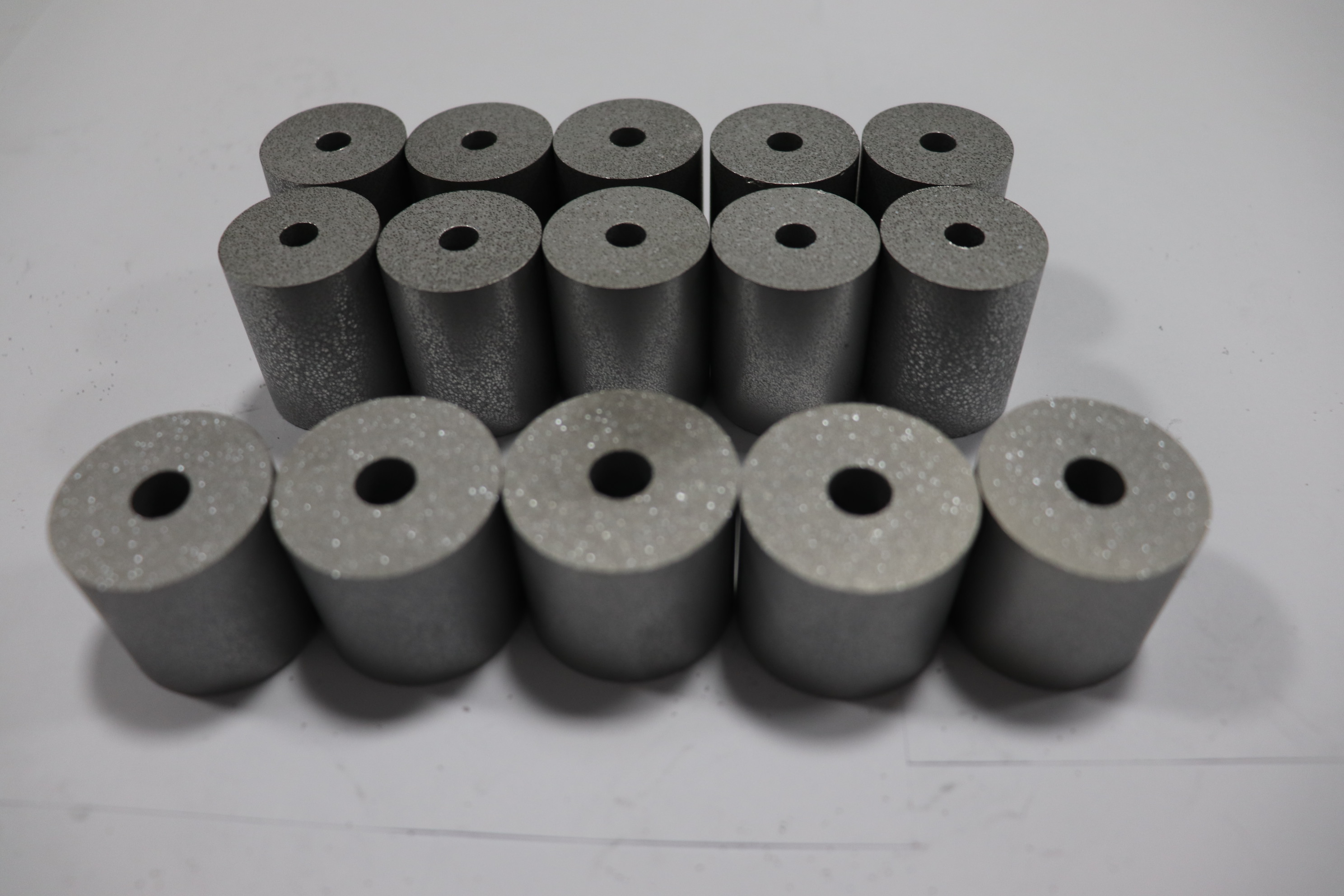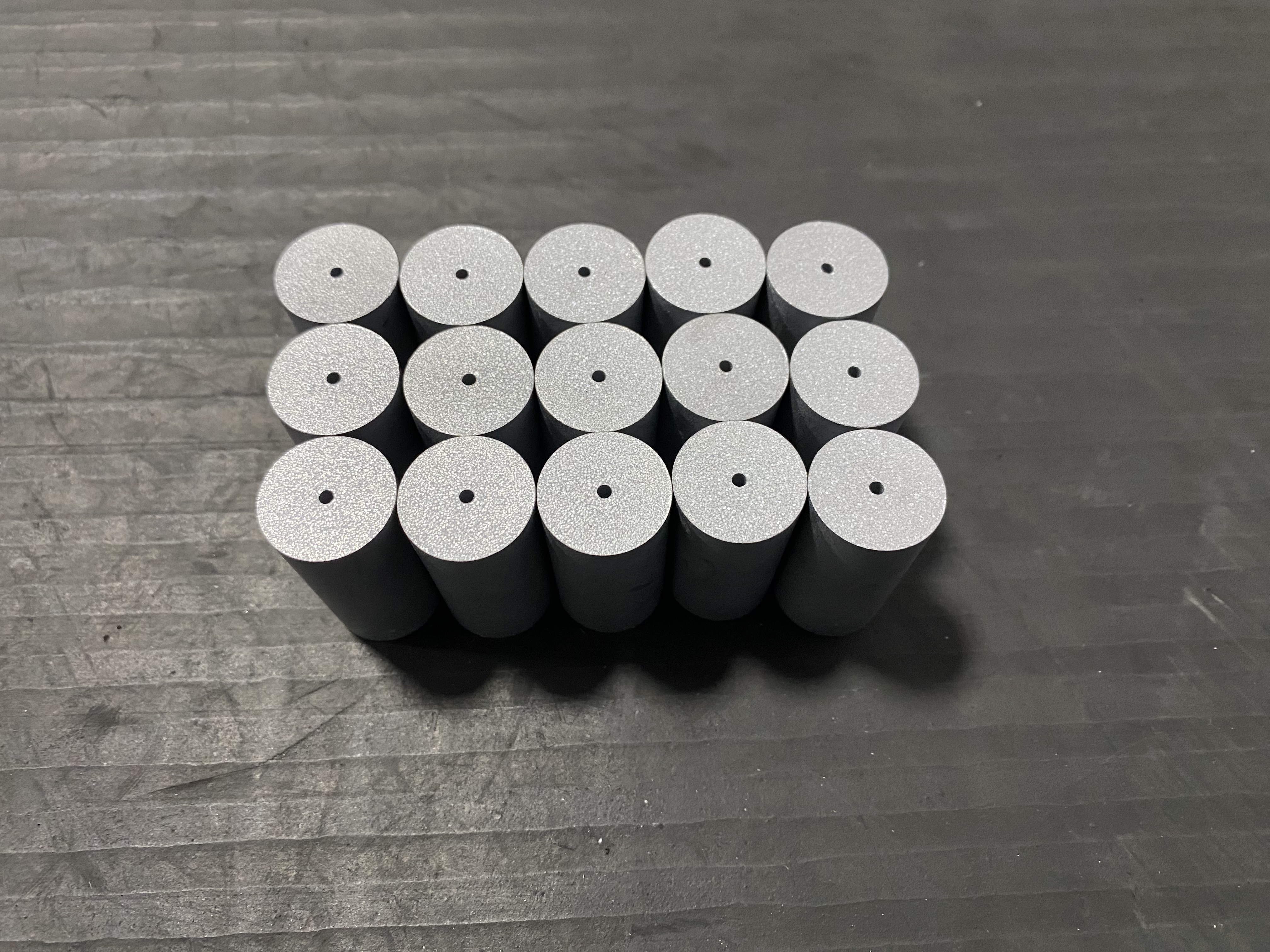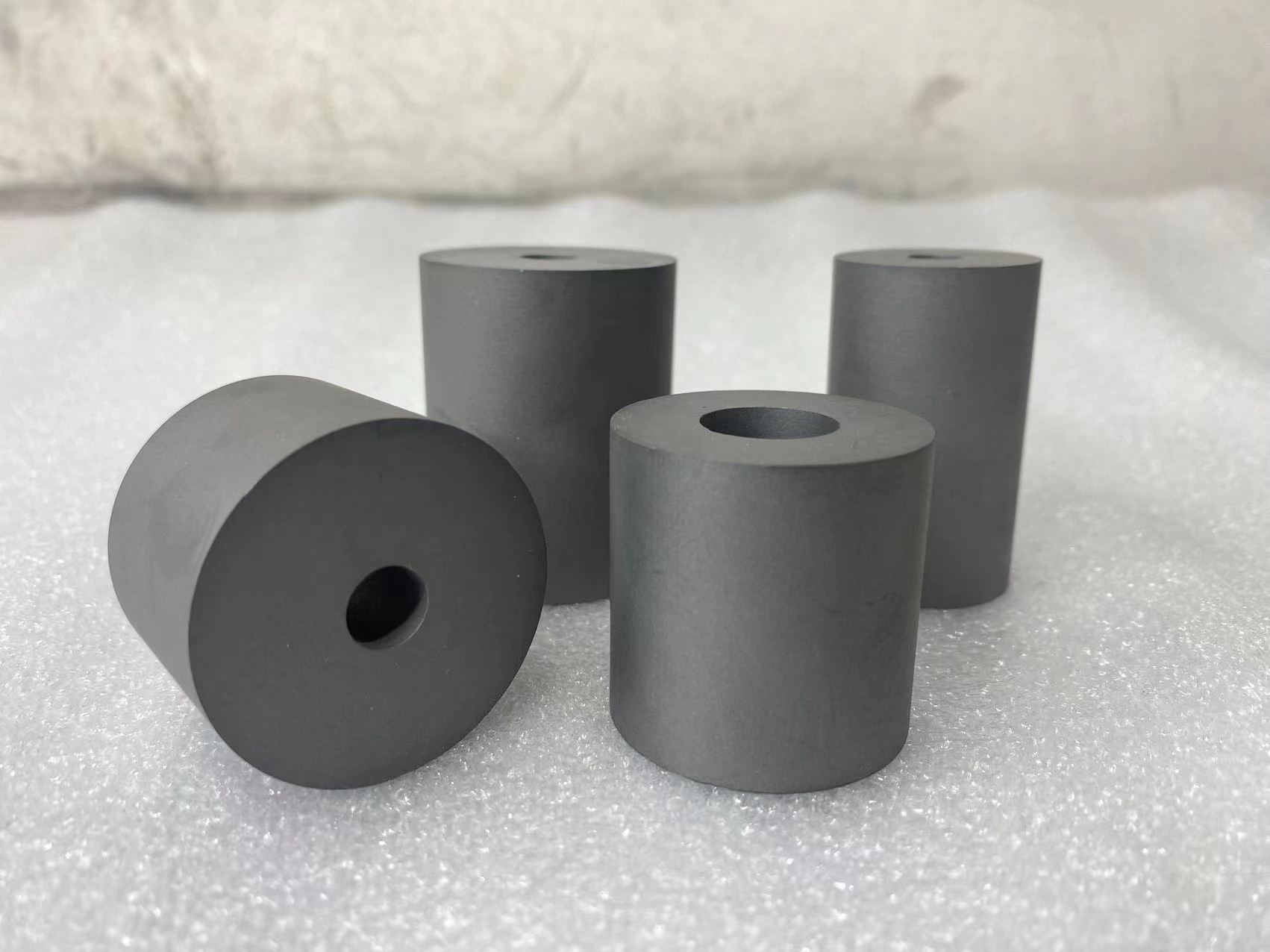Industry News
-

Application of CIM in cemented carbide manufacturing
CIM is an organization in the information age, a philosophy for managing enterprise production, and a production model for new enterprises in the information age. The specific implementation based on this philosophy and technology is the Computer Integrated Manufacturing System, or CIMS. Well-kno...Read more -

Recycling and Utilization of Carbide
At present, there are several main categories of recycling processes for tungsten carbide.One is the so-called high-temperature treatment method, which includes: saltpeter melting method, air oxidation sintering method, oxygen calcination method, etc.; the other is mechanical crushing method, whi...Read more -

Carbide precision molding process
The ordinary pressing production process of cemented carbide is relatively simple. It only determines the pressing unit weight and pressing size of a certain model through pressure testing, and uses this as the production process parameters to implement it throughout. There are no clear requireme...Read more -

Submicron and ultrafine carbide
The submicron and ultrafine cemented carbide currently put into commercial production mainly consists of submicron and ultrafine WC, Co powder and appropriate grain length. It is prepared from large inhibitors (mainly Cr3C2, VC), and its grain size is 0.2~0.8μm. Due to the unique properties of s...Read more -

Cemented Carbide Products Tungsten Powder Preparation
Ultra-fine particle tungsten powder is black, fine particle tungsten powder is dark gray, and coarse particle tungsten powder is light gray with metallic luster. Metal tungsten powder can be produced by reducing tungsten oxide. The main reduction methods are hydrogen reduction and carbon reductio...Read more -

Carbide and cermet preparation
WC-Co hard alloys have good microwave adaptability. During the sintering process, the loss modes that work in the low temperature zone are mainly polarization relaxation loss and magnetic loss, while in the high temperature zone the alloy absorbs microwave energy. Mainly in the form of dielectric...Read more -

What die material is used for hot forging? (tungsten carbide hot forging die)
Hot forging die are usually made of materials such as H13 tool steel, which has high heat resistance, strength and toughness. Other materials such as D2 tool steel and high-speed steel can also be used for hot forging dies. These materials were chosen for their ability to withstand the high temp...Read more -

How hard is it to scratch tungsten carbide?
Tungsten carbide is extremely hard and is one of the hardest materials known. It’s even harder than titanium and steel. Tungsten carbide dies has a Mohs hardness of 8.5 to 9, second only to diamond, which has a hardness of 10. Therefore, it is difficult to scratch or damage tungsten carbide...Read more -

What are the disadvantages of tungsten carbide?
Tungsten carbide dies has several disadvantages, including: Brittleness: Tungsten carbide cold heading dies is brittle, which means it is prone to cracking or breaking under certain conditions. Limited Toughness: While tungsten carbide hot forging dies is very hard and wear-resistant, it has li...Read more -
What affects the service life of cemented carbide molds?
To improve the life of the mold, corresponding measures must be taken to improve these conditions. elarates on the main factors affecting the service life of the mold. 1. The impact of cemented carbide mold materials on mold life is a comprehensive reflection of the mold material type, chemical...Read more -

Who is the largest producer of tungsten carbide in the world?
Amongst the largest tungsten producing countries, China is the undisputed titan, as its annual tungsten production accounts for 84% of the world’s supply. Tungsten carbide cold heading dies is commonly used in the production of cutting tools such as drills, end mills and indexable inserts, ...Read more -

What are tungsten carbide dies for?
Tungsten carbide cold heading dies are specifically designed for use in the cold heading process, which involves forming a metal blank into the desired shape or profile at room temperature. carbide Cold forging is often used to make fasteners such as bolts, screws and rivets. Tungsten carbide mo...Read more









